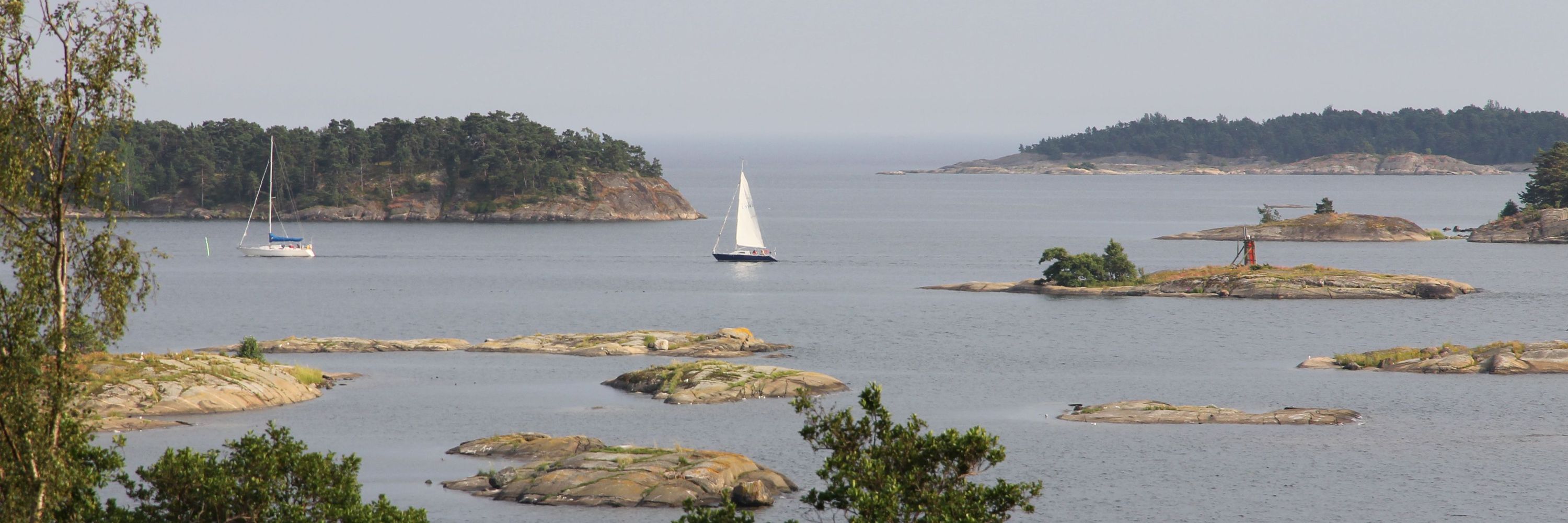
https://t.co/iML46tJpz6

More attention should be given to this largely neglected pollutant!
rdcu.be/ePFly

More attention should be given to this largely neglected pollutant!
rdcu.be/ePFly
Your experience matters! ✨
Take part in this survey 👉 app.onlinesurveys.jisc.ac.uk/s/salford/pl...
Your input will help better understand these growing problems. The survey is part of the European project PLAN-B.
#lightpollution #noisepollution

Your experience matters! ✨
Take part in this survey 👉 app.onlinesurveys.jisc.ac.uk/s/salford/pl...
Your input will help better understand these growing problems. The survey is part of the European project PLAN-B.
#lightpollution #noisepollution
So no adaptation to light pollution? We discuss different plausible explanations for this lack of differentiation.

So no adaptation to light pollution? We discuss different plausible explanations for this lack of differentiation.
Sign up here: www.thermalecologyalliance.org#participation
Check who already signed up:
www.thermalecologyalliance.org#community


Sign up here: www.thermalecologyalliance.org#participation
Check who already signed up:
www.thermalecologyalliance.org#community
So no adaptation to light pollution? We discuss different plausible explanations for this ack of differentiation.

So no adaptation to light pollution? We discuss different plausible explanations for this ack of differentiation.
We've increased most of our research-related grants by 50%, effective from the next deadline of 1st Feb 2026.
Check out what we offer here:
www.asab.org/grant-overview

We've increased most of our research-related grants by 50%, effective from the next deadline of 1st Feb 2026.
Check out what we offer here:
www.asab.org/grant-overview


🔗 academic.oup.com/mbe/article/42/6/msaf123/8170119
#evobio #molbio
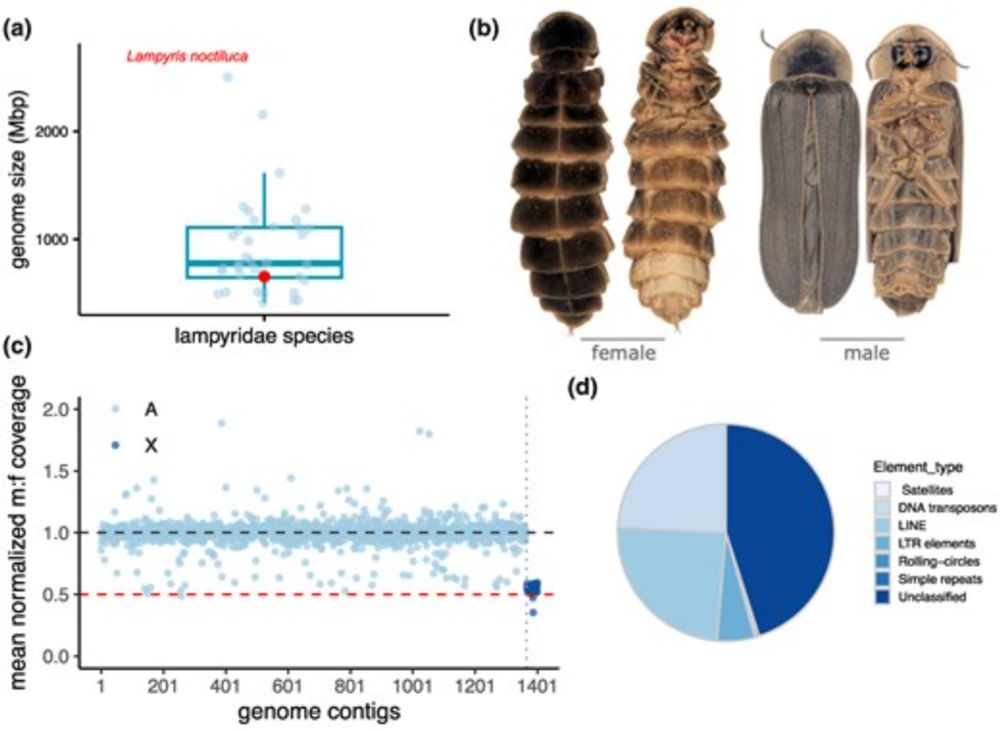

onlinelibrary.wiley.com/doi/full/10....
📸 Pat Tomkins
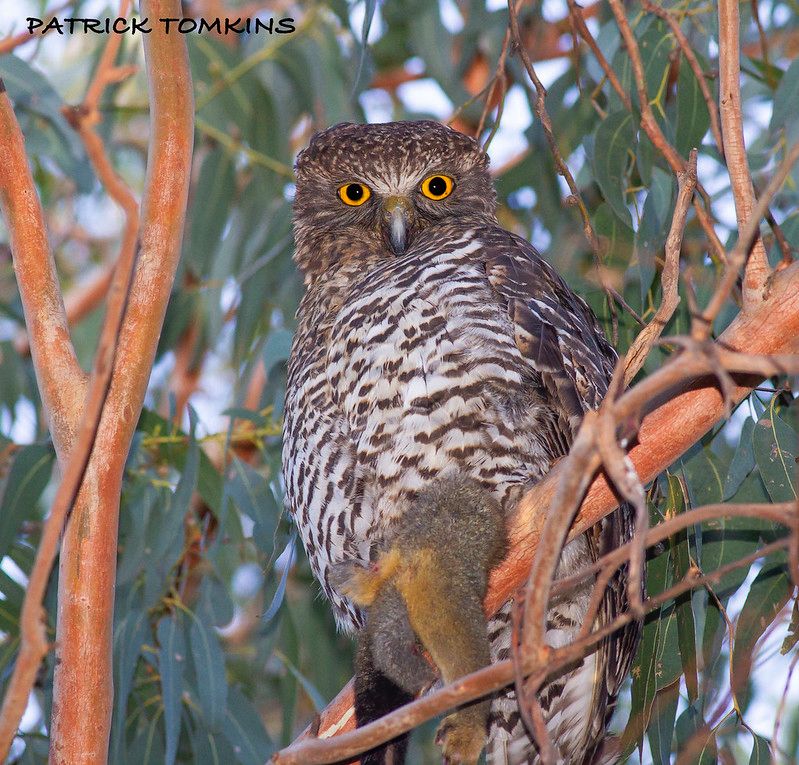
onlinelibrary.wiley.com/doi/full/10....
📸 Pat Tomkins

onlinelibrary.wiley.com/doi/full/10....
📸 Pat Tomkins
#ChangingWorld #behaviour
@bristolbiosci.bsky.social

#ChangingWorld #behaviour
@bristolbiosci.bsky.social

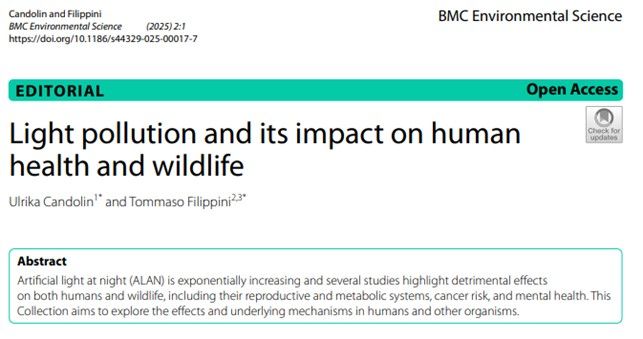
Thanks for all the hard work getting this book across the line @bbmwong.bsky.social @ulrikacandolin.bsky.social!

Thanks for all the hard work getting this book across the line @bbmwong.bsky.social @ulrikacandolin.bsky.social!


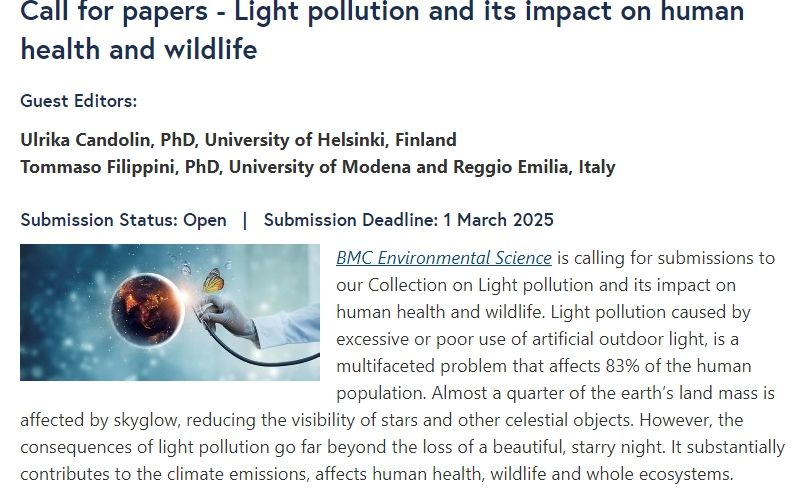
Big thanks also to Tomas Brodin & @marleneagerstrand.bsky.social 👏
global.oup.com/academic/pro...

Big thanks also to Tomas Brodin & @marleneagerstrand.bsky.social 👏
global.oup.com/academic/pro...
Environmental Evidence is calling for submissions to our upcoming Collection on the current and future use of AI for systematic #EvidenceSynthesis in environmental management 🌎🧪
Submissions due: 28 February 2025
www.biomedcentral.com/collections/...
Environmental Evidence is calling for submissions to our upcoming Collection on the current and future use of AI for systematic #EvidenceSynthesis in environmental management 🌎🧪
Submissions due: 28 February 2025
www.biomedcentral.com/collections/...
global.oup.com/academic/pro...

Did you know some species fail while others thrive in challenging environments? How? Why? Impossible!?
Check it out!
global.oup.com/academic/pro...

Did you know some species fail while others thrive in challenging environments? How? Why? Impossible!?
Check it out!


